------------------------------------------------------------------------------------------------------------------------------
Does your assistive technology "work" -- that is, does it give you the results you want? Assistive technology (AT) is more than just the tangible devices and software -- it's also the proper selection, training, application strategies, and technical support necessary to produce results. If your technology tools fall short of expectations, you may be missing one or more of the following services.
1. AWARENESS - Discover what’s possible
To get the right answers, you need to ask the right questions. But
what if you don't know what questions to ask? Free classes can provide
you with valuable background information on "what's out there"; a
personal consultation can provide more focused information.
- AT awareness classes
- Personal consultation in your home or school
2. ASSESSMENT - Select the right technology tools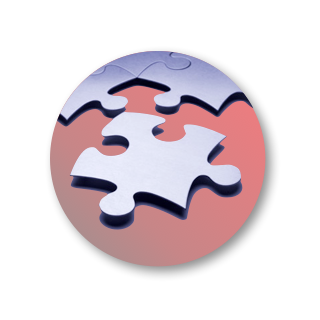
Let's face it: you can pound in a nail with a screwdriver, but it's
a lot easier with a hammer. You will get the best results with tech
tools thoughtfully matched to the user’s abilities, the particular task,
and the environment or context in which they perform the task. See the
Assessment tab for more detail.
- Solutions customized to student's abilities, tasks, and learning environments
- Formal AT assessments (including report) for learning issues
3. SUPPORT - Acquire and set up the tools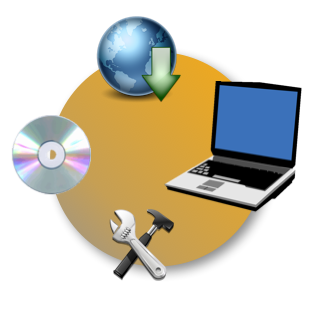
Nowadays, purchasing technology is only the first step - you also
need to ensure compatibility with your system, and may also need to
download it, install it on your computer, configure it to the user's
needs, and verify that it works with other technology.
- Expert guidance selecting and acquiring technology
- Technical assistance with downloads, installation, and configuration of software and devices
4. TRAINING - Learn how to operate the devices or software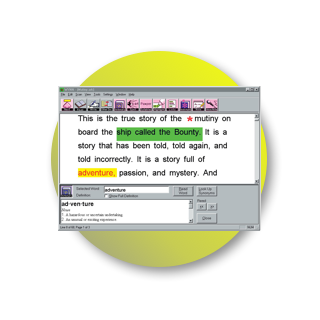
Hands-on training not only teaches the user how to operate the
device or software in question: it also provides him or her with the
confidence to use it. With the right training, students will know what
features are available, what they do, and how to operate them.
- Hands-on skills training for students, family, and providers
- Professional development for educators
5. STRATEGIES - Apply the tools effectively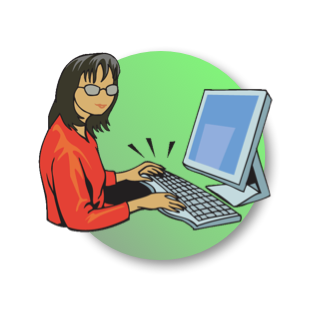
Whereas skills training teaches "how do I operate the technology's features", application training teaches "how do I apply those features to become a faster reader, more effective writer, or better learner". Both are required to realize success.
- Application strategies for various devices and software
- Guidance matching the tools to the task
- Collaboration with teachers, parents and learning specialists
6. IMPLEMENTATION - Integrate use into school and home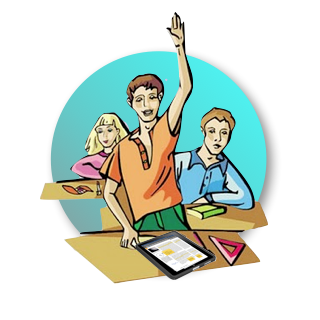
Implementation is "making it all happen" -- from planning training
sessions to getting materials in alternative formats (electronic text,
audiobooks) to dealing with the realities of actually using the
recommended tools in class and at home. See the Integration tab for more detail.
- Integration strategies
- Implementation planning for schools
- Technology to help educators practice Universal Design for Learning principles
Why assistive technology is important...
Paraphrasing
the legal definition, assistive technologies, or “AT”, are tools (and
associated supporting services) that help an individual work around the
functional limitations imposed by a disability. AT for learning
disabilities and learning differences includes not only computers and
high-tech devices, but also innovative uses of everyday technology like
voice recorders, cameras, and smart phones, and even low tech items like
day planners, pencil grips, highlighters, and sticky notes.
Assistive
technology can be a great equalizer, helping to level the academic
playing field. The right technology tools can reduce the impact of
learning barriers, leverage a student's strengths, or provide an
alternative means to accomplish a task. And AT can provide greater
self-confidence -- an "I can" attitude -- and thus improve self esteem
and social life.
With
the right supporting services, AT users can benefit from the full
potential of their assistive technology, and perhaps achieve their own
full potential as a result.
Parts of this article were adapted. Please visit the website Technology to Unlock Potential to access the original article written by Shelley Haven, ATP/RET and to view the many other resources available.















No comments:
Post a Comment
Thank you for taking the time to leave a comment and for visiting my blog! Be sure to check daily for my latest posts!